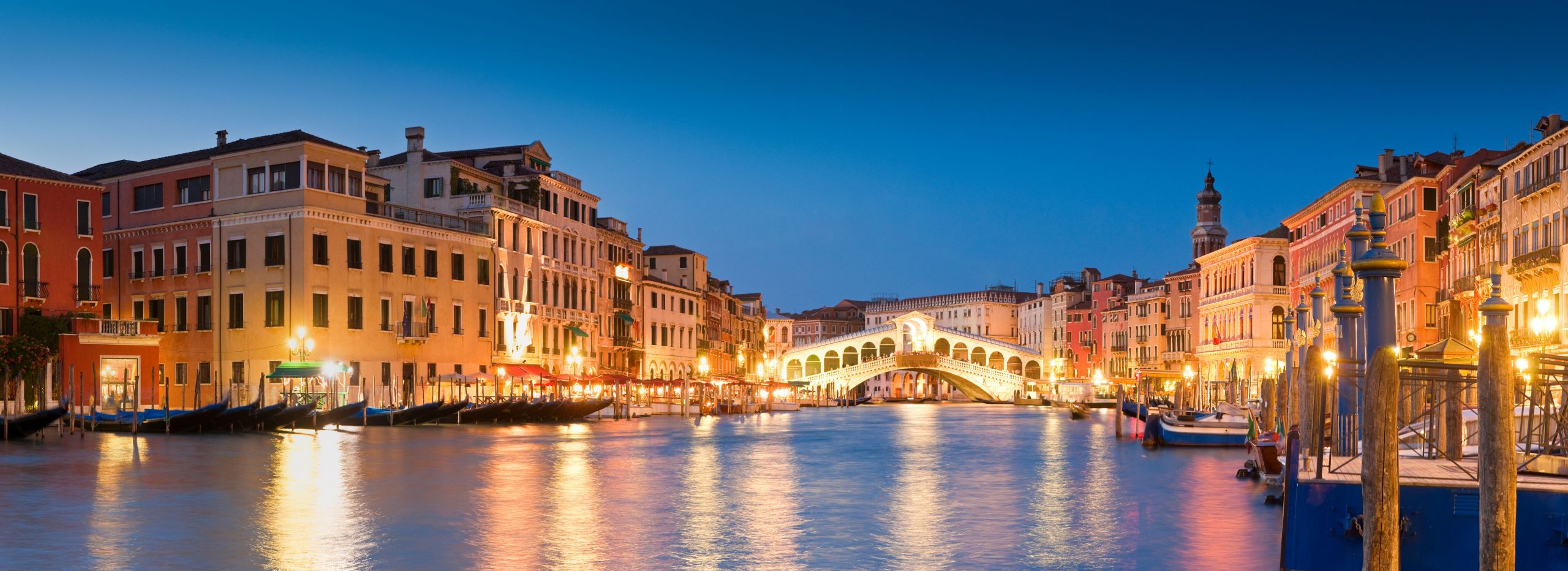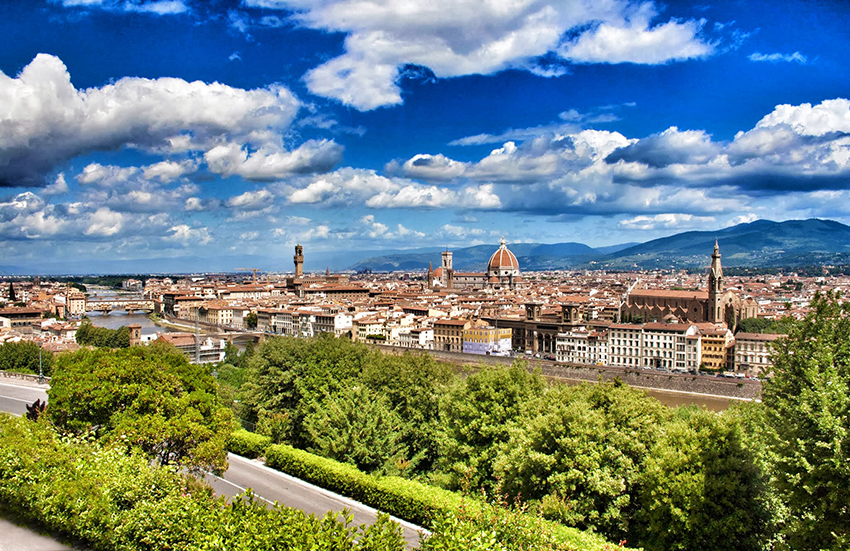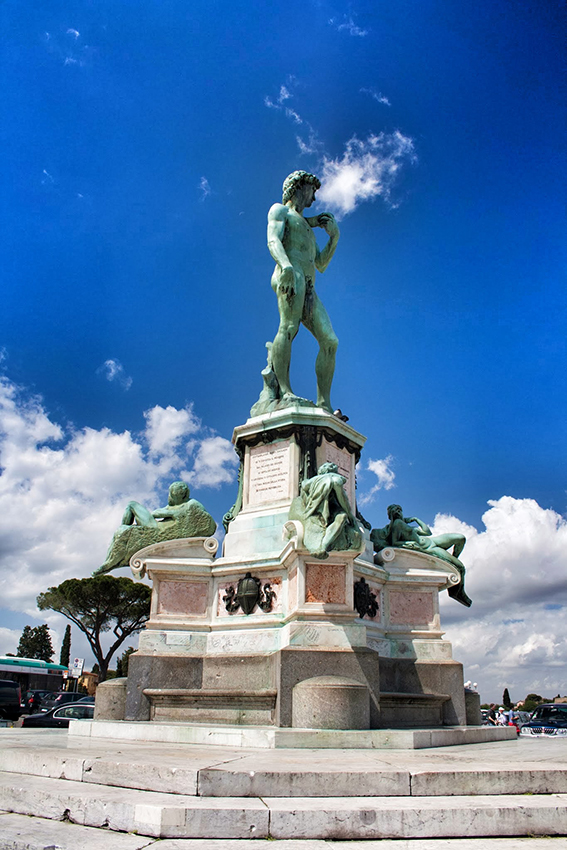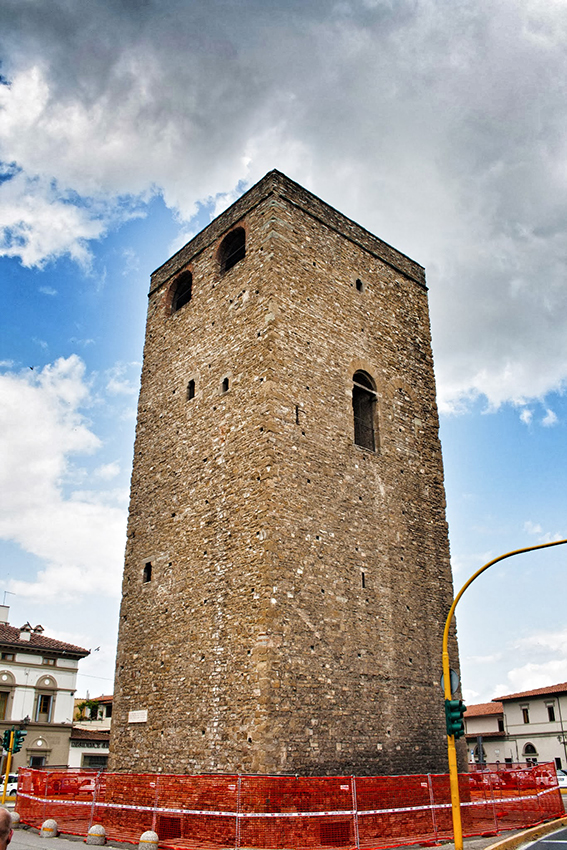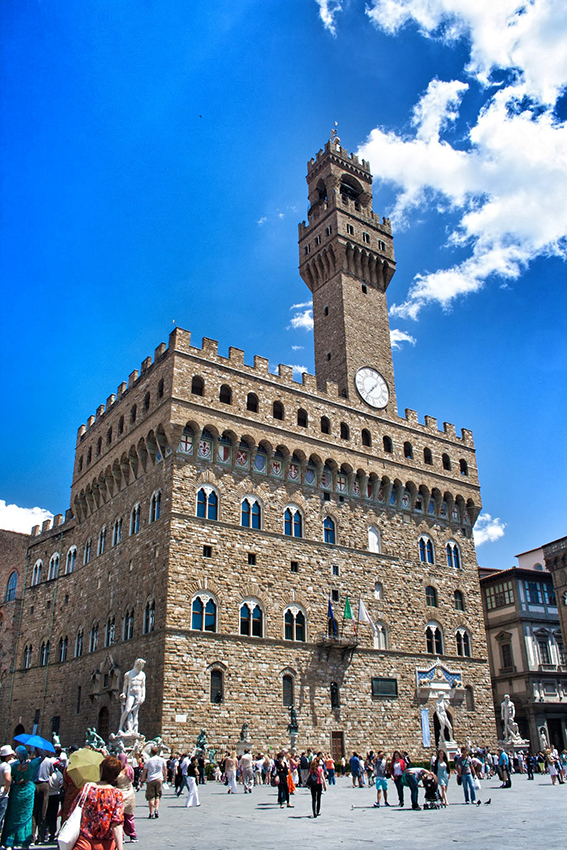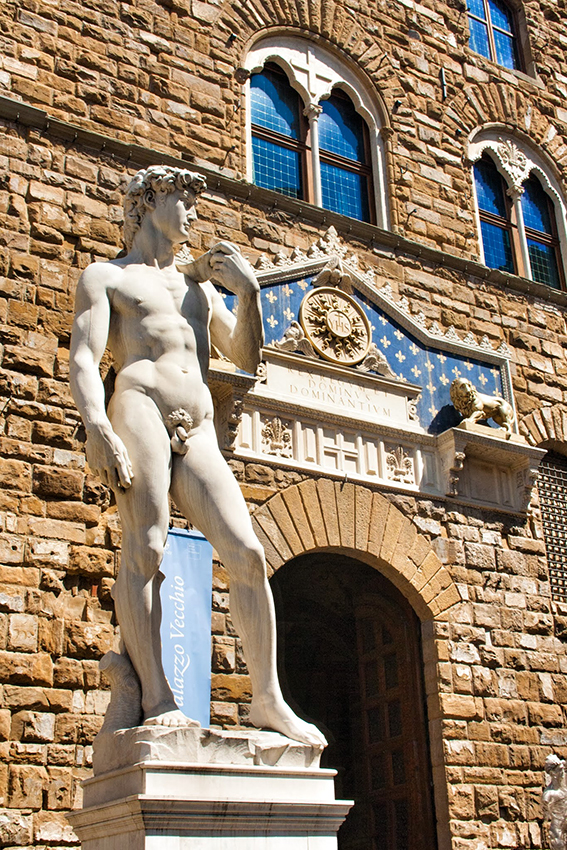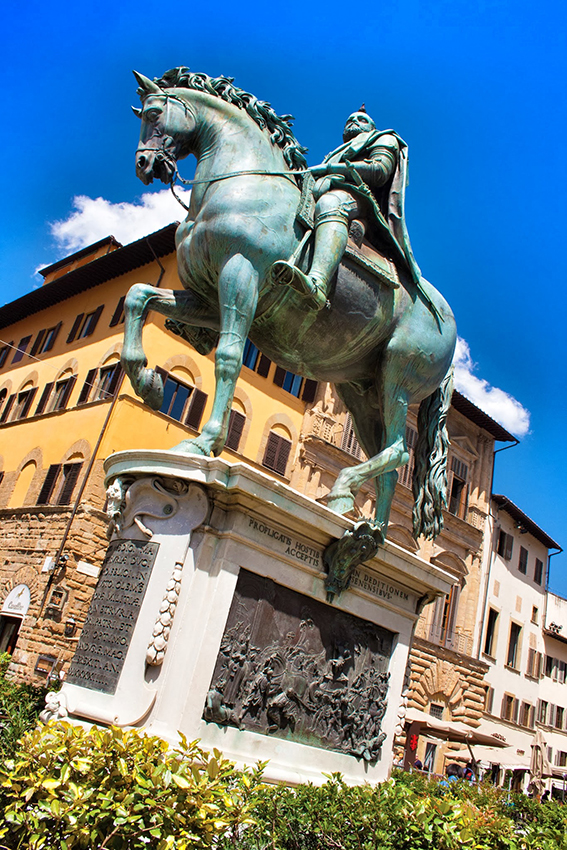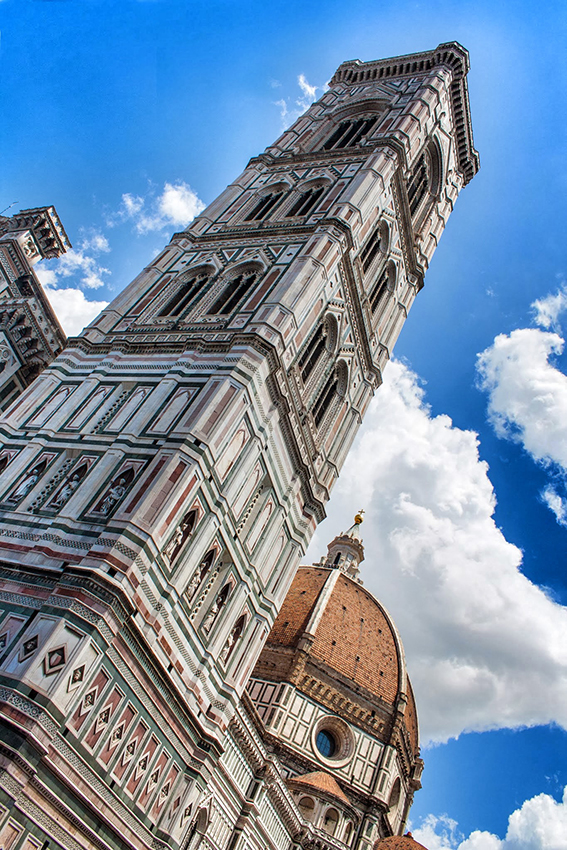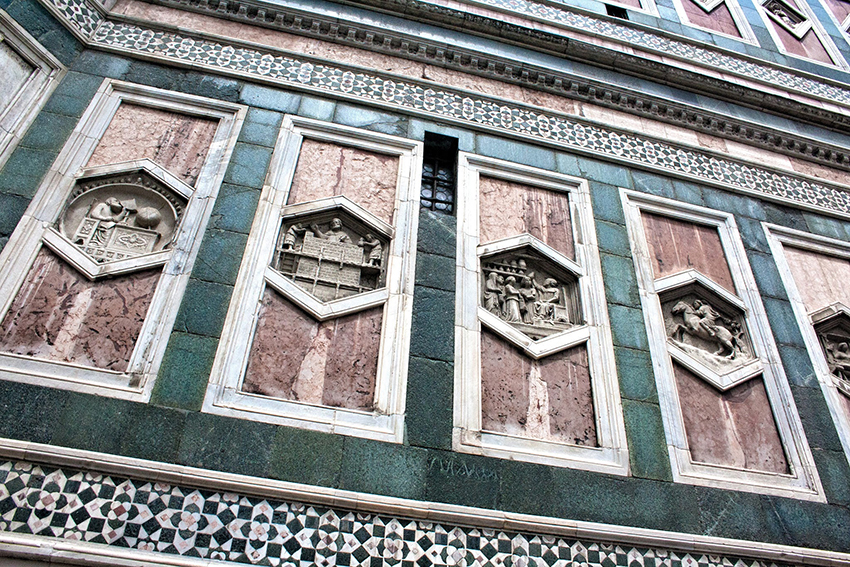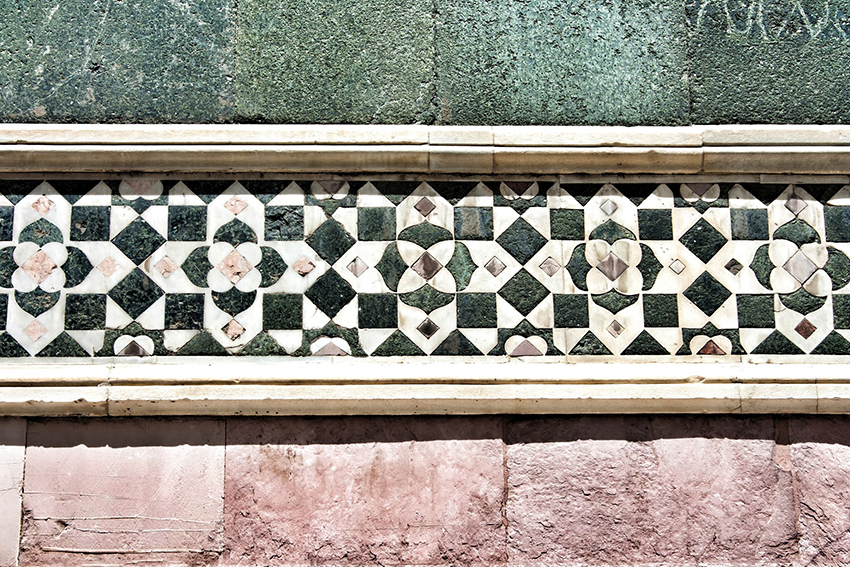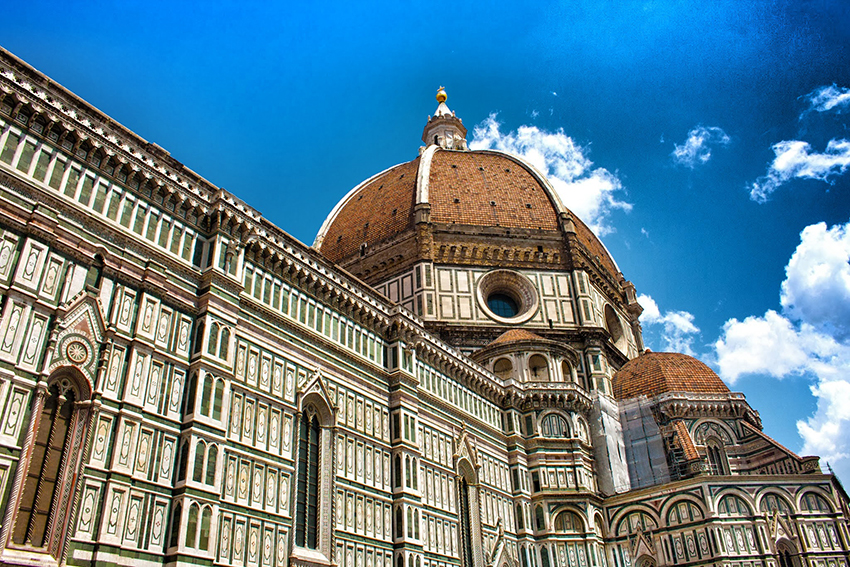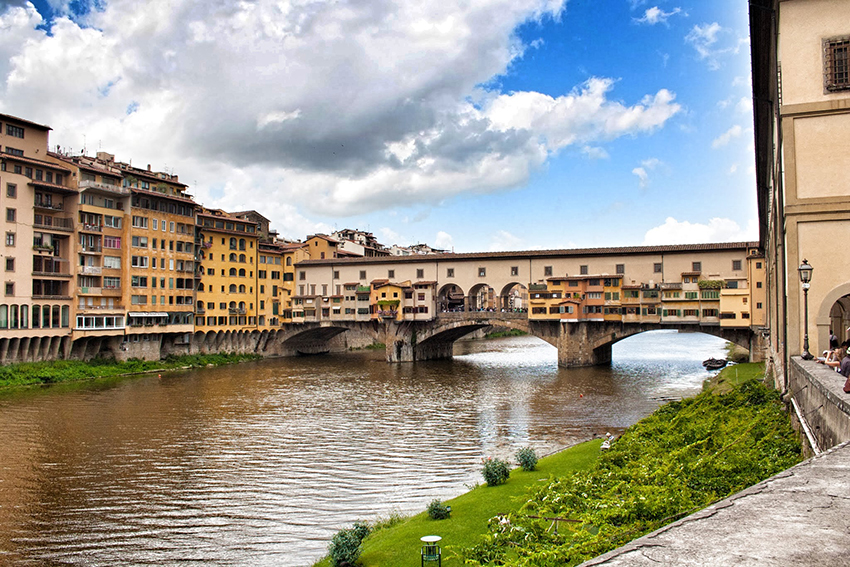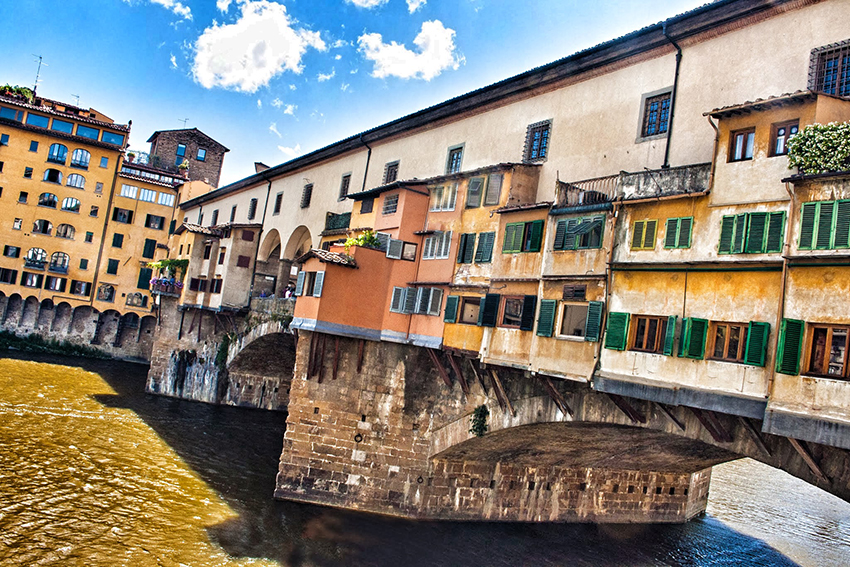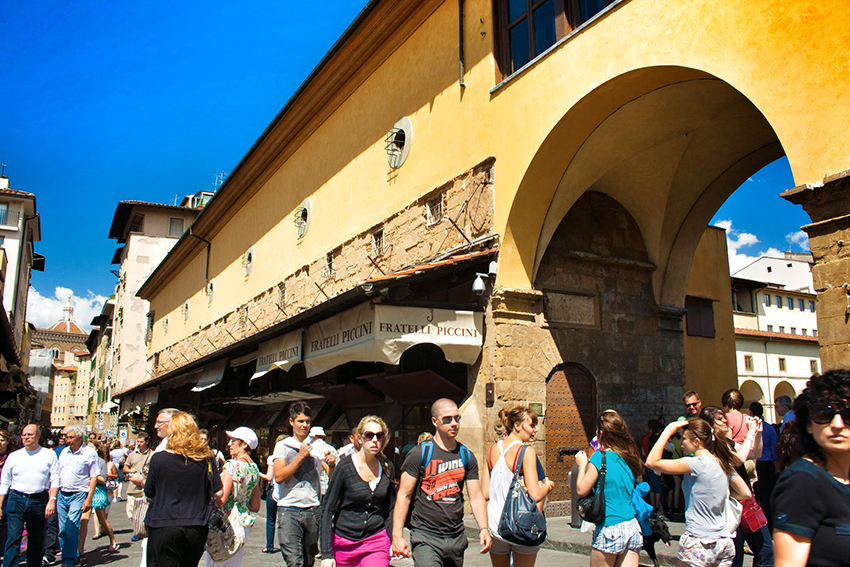When it comes to the perfect romantic getaway, it would be hard for you to not picture the gorgeously crafted gondolas floating down one of the many water ways of spectacular Venice. It’s most certainly one of the most alluring places on earth. Gondolas, masked balls and beautiful palaces are a few things that may come to mind when picturing a Venetian experience.
Located in the Venetian lagoon it is a part of a group of 180 small islands connected by canals and bridges. The city, in its entirety including the lagoon, is listed as a world heritage site and is famous for its canals, architecture and its unofficial mascot, the pigeon. Known as one of the world’s sinking cities, Venice is thought to still be suffering from subsidence which, along with the ‘elegant decay’ of its opulent buildings really does make Venice one of the most popular tourist destinations on the globe.
Here at Leger, we offer a variety of Italian escapes that include Venice as part of the itinerary so we thought we’d compile a list of some of our favourite things to see and do to really make the most of your time here.
Get lost in Venice
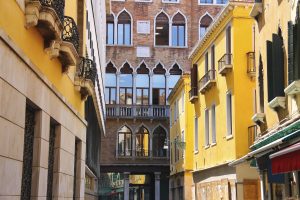
It’s extremely easy to get lost in Venice, some would say inevitable. A combination of the narrow streets and the tall buildings could confuse any seasoned tourist. The best way to get around Venice is to truly get lost and see the sights that you didn’t expect to see. Do not fret, the locals are extremely friendly and you will be surprised how easily they will get you back to where you need to be. Of course, if that doesn’t take your fancy, we have some excellent tour guides to show you around.
Visit the piazza San Marco.
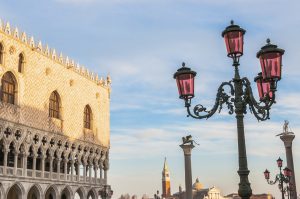 Napoleon referred to it as the ‘drawing room of Europe’. St Mark’s Square (as it is known in English) is the principle public square of Venice and attracts thousands of tourists each day. Flanked on the eastern end by the Saint Mark’s Basilica and leaving you in prime positions to view the Doge Palace, one of the major Venetian landmarks. It really is a sight and experience not to be missed.
Napoleon referred to it as the ‘drawing room of Europe’. St Mark’s Square (as it is known in English) is the principle public square of Venice and attracts thousands of tourists each day. Flanked on the eastern end by the Saint Mark’s Basilica and leaving you in prime positions to view the Doge Palace, one of the major Venetian landmarks. It really is a sight and experience not to be missed.
Take a tour of the Grand Canal.
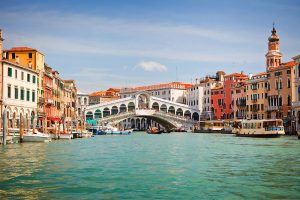 The Grand Canal snakes right through Venice, lined by 170 buildings, it is the main water way in the city. Whilst the waterway may now full of tourist boats, it does not take much imagination to value the importance of the water way in past times when it was primary to the wealth through trade and commerce. Why not climb aboard a Vaporetto to get the best view of this famous canal?
The Grand Canal snakes right through Venice, lined by 170 buildings, it is the main water way in the city. Whilst the waterway may now full of tourist boats, it does not take much imagination to value the importance of the water way in past times when it was primary to the wealth through trade and commerce. Why not climb aboard a Vaporetto to get the best view of this famous canal?
Take a ride in a Gondola.
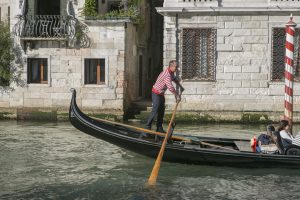 A feature on many a person’s bucket list, floating down the canal on a gondola is one of the most iconic things to experience whilst in Venice. One way to really enhance your gondola experience is to opt for a singing gondolier alongside a musician. It’s one of the prime ways to see the famous sights of this exquisite city.
A feature on many a person’s bucket list, floating down the canal on a gondola is one of the most iconic things to experience whilst in Venice. One way to really enhance your gondola experience is to opt for a singing gondolier alongside a musician. It’s one of the prime ways to see the famous sights of this exquisite city.
Visit Casino Venier
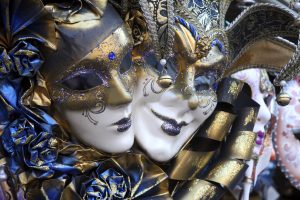 Casino Venier dates back to 1750 and is one of the best of its kind. In its prime attracting Venice’s elite to flirt, dance and gamble, it’s a great way to get a feel of how the Venetians used to live. It is located on the first floor of a nondescript building over-looking the Barateri Canal and, best of all, it’s completely free to visit.
Casino Venier dates back to 1750 and is one of the best of its kind. In its prime attracting Venice’s elite to flirt, dance and gamble, it’s a great way to get a feel of how the Venetians used to live. It is located on the first floor of a nondescript building over-looking the Barateri Canal and, best of all, it’s completely free to visit.
Take in Santa Maria della Salute
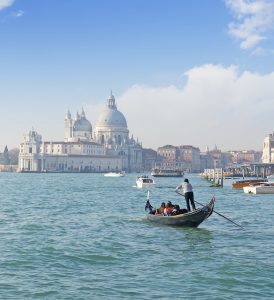 One of Venice’s most iconic buildings, dominating the entrance to the Grand Canal it is known simply as the salute. Built after 150,000 venetians were tragically killed by the plague, the church was built as promise to god to honour the Virgin Mary in return to stop the plague. In turn, the plague was stopped in its tracks. On the 21st November, The Festa della Salute begins, the citizens of Venice lay a pontoon bridge over the canal from the San Marco district to honour the Virgin Mary. Many Gondoliers will bring their oars to be blessed by a priest who recites his incantations from the church steps, a magnificent sight.
One of Venice’s most iconic buildings, dominating the entrance to the Grand Canal it is known simply as the salute. Built after 150,000 venetians were tragically killed by the plague, the church was built as promise to god to honour the Virgin Mary in return to stop the plague. In turn, the plague was stopped in its tracks. On the 21st November, The Festa della Salute begins, the citizens of Venice lay a pontoon bridge over the canal from the San Marco district to honour the Virgin Mary. Many Gondoliers will bring their oars to be blessed by a priest who recites his incantations from the church steps, a magnificent sight.
And finally… Try some Gelato
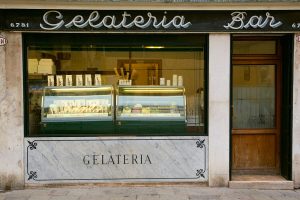 A hard earned treat, after all that walking the best way to tie up your trip around the iconic city is to sample the famous Italian ice cream. Why not visit Gelataria Nico known to be the oldest ice cream shop in Venice.
A hard earned treat, after all that walking the best way to tie up your trip around the iconic city is to sample the famous Italian ice cream. Why not visit Gelataria Nico known to be the oldest ice cream shop in Venice.
For more information regarding our tours including Venice, take a look at our Italian Tours page.

